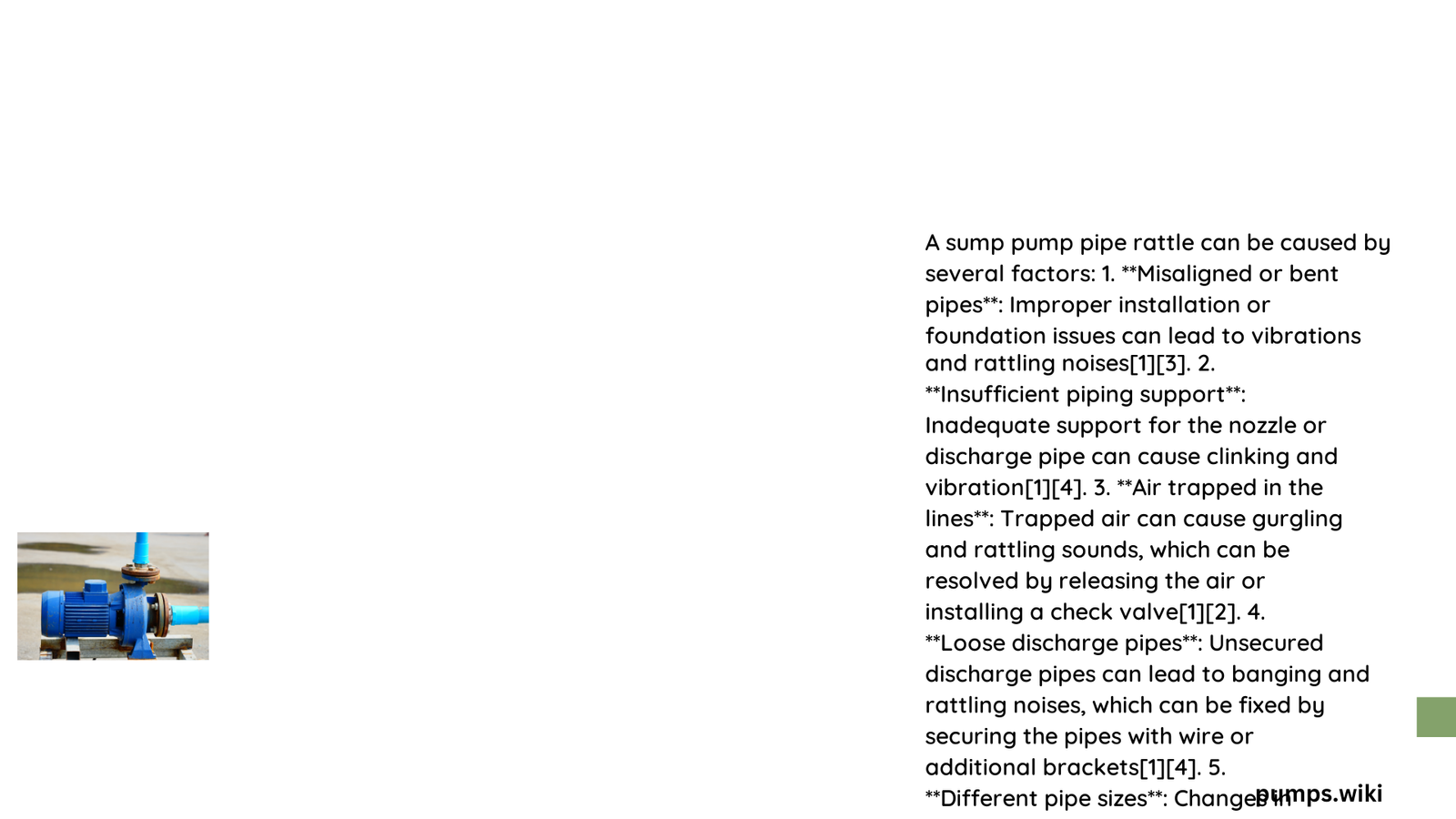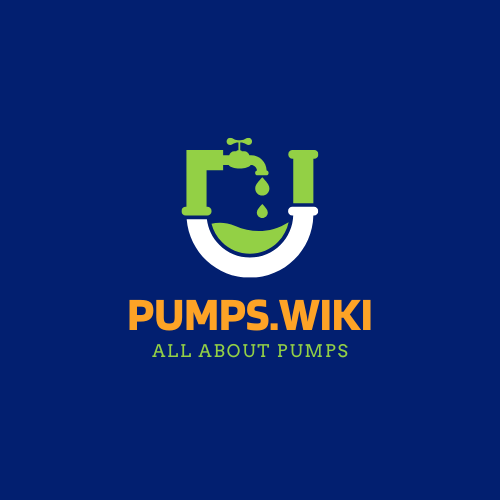Sump pump pipe rattle is a common household issue that can disrupt peace and indicate potential drainage system problems. Homeowners often experience annoying vibrations and loud noises when water flows through discharge pipes, causing pipes to hit against surfaces like sump pump lids, walls, or fixtures. Understanding the root causes and implementing strategic solutions can effectively eliminate these disruptive sounds and ensure smooth water drainage.
What Causes Sump Pump Pipe Rattle?
Sump pump pipe rattle emerges from multiple interconnected factors that create vibration and noise during water discharge. The primary causes include:
- Pipe Alignment Issues
- Misaligned discharge pipes
- Loose pipe connections
-
Inadequate pipe support mechanisms
-
Vibration Transmission
- Direct contact between pipes and hard surfaces
- Lack of vibration dampening materials
- Improper pipe installation techniques
How Can You Diagnose Sump Pump Pipe Rattle?
To effectively diagnose sump pump pipe rattle, consider the following diagnostic steps:
| Diagnostic Method | Description | Complexity |
|---|---|---|
| Visual Inspection | Check pipe alignment and connections | Low |
| Sound Tracking | Identify specific noise locations | Medium |
| Vibration Assessment | Measure pipe movement during discharge | High |
What Are Effective Solutions for Pipe Rattle?

Resolving sump pump pipe rattle requires a multi-pronged approach:
- Insulation Techniques
- Wrap pipes with foam insulation
- Use rubber grommets around pipe connections
-
Apply vibration-absorbing materials
-
Structural Modifications
- Secure pipes with appropriate clips and brackets
- Ensure straight discharge line configuration
- Use 45-degree angles instead of 90-degree turns
What Are the Cost Implications?
Material Costs Breakdown:
– Insulation materials: $5 – $20
– Rubber grommets: $5 – $10
– Pipe fittings and clips: $10 – $30
– Professional installation: $50 – $200
How to Prevent Future Pipe Rattle?
Preventive maintenance is crucial:
1. Regular pipe inspection
2. Immediate repair of loose connections
3. Annual professional assessment
4. Use high-quality installation materials
Professional Recommendations
Experts suggest:
– Prioritize professional installation
– Use flexible discharge pipes
– Implement comprehensive vibration dampening strategies
– Choose sump pump systems with noise reduction features
Technical Considerations
Advanced techniques for minimizing sump pump pipe rattle include:
– Using sound-absorbing pipe sleeves
– Installing anti-vibration mounts
– Implementing hydraulic shock absorbers
– Selecting pumps with variable speed mechanisms
Maintenance Frequency
| Maintenance Level | Recommended Frequency | Complexity |
|---|---|---|
| Basic Check | Every 6 months | Low |
| Comprehensive Inspection | Annually | Medium |
| Professional Assessment | Every 2-3 years | High |
Conclusion
Addressing sump pump pipe rattle requires a systematic approach combining proper installation, strategic modifications, and regular maintenance. By understanding the underlying causes and implementing targeted solutions, homeowners can effectively eliminate disruptive noises and ensure optimal drainage system performance.
Reference:
– Quiet a Noisy Sump Pump – The City of Ann Arbor
– Sump Pump Noises: What They Mean – Acculevel
– Problems With Sump Pump Noise – Basement Systems
